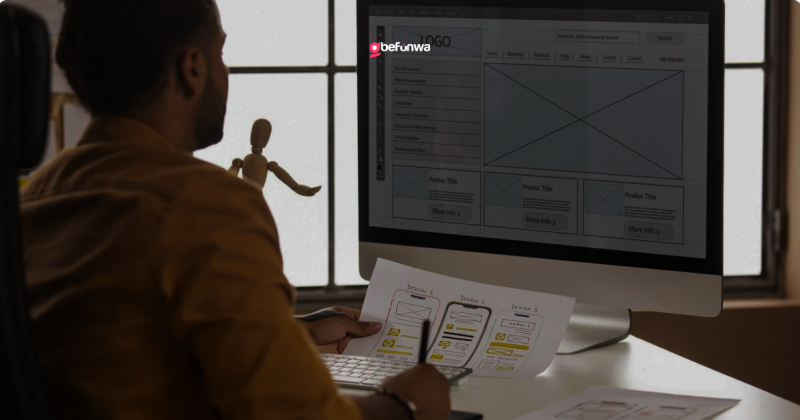
WordPress conditional tags are powerful tools that allow developers to customize the appearance and functionality of a website based on specific conditions. By using these tags, you can control what content is displayed on different pages, sections, or under certain circumstances. This guide will walk you through the basics of conditional tags, how to use them, and some practical examples to enhance your WordPress site.
Conditional tags are functions in WordPress that check for specific conditions and return a Boolean value (true or false). These conditions can be based on the type of page being viewed, user roles, whether the user is logged in, and many other factors. By leveraging these tags, you can execute code conditionally to achieve the desired customization.
Here are some of the most commonly used tags in WordPress:
They are typically used in theme files to conditionally display content. Here are some practical examples:
You can use them to display different headers on different types of pages. For example, you might want a different header on your home page compared to your single post pages.
You might want to display different sidebars on different pages. For instance, a different sidebar for your blog and another for your pages.
Similarly, you can customize the footer based on the type of page. For example, you might have a unique footer for your front page and another for your 404 error pages.
Beyond the basics, you can combine multiple conditional tags using logical operators to create more complex conditions.
You can use logical operators like AND and OR to combine multiple conditions. For instance, you might want to display certain content only if a single post in a specific category is being viewed, or if a page is being viewed by a logged-in user.
They are not limited to themes; you can also use them in plugins to control plugin functionality based on specific conditions. This allows for even more granular control over your site’s behavior.
When using conditional tags, always ensure that you properly sanitize and validate any data that is output or used within the conditional statements. This helps to maintain the security and integrity of your site.
WordPress conditional tags are versatile tools that enable you to customize your site dynamically based on a variety of conditions. Whether you are a beginner looking to make simple customizations or an advanced developer aiming for complex conditional logic, mastering these tags can greatly enhance the flexibility and user experience of your WordPress site. By understanding and utilizing them effectively, you can create a highly customized and dynamic website that meets your specific needs.
Deborah Oludimu is an experienced content writer with 3+ years of experience. She is skilled in research, writing, and editing to produce high-quality, engaging content across industries. Deborah is passionate about creating content that informs and inspires
© 2026 GBEFUNWA.COM. All rights reserved.
The WordPress® trademarks are the intellectual property of the WordPress Foundation, and the Woo® and WooCommerce® trademarks are the intellectual property of WooCommerce, Inc. Uses of the WordPress®, Woo®, and WooCommerce® names in this website are for identification purposes only and do not imply an endorsement by WordPress Foundation or WooCommerce, Inc. gbefunwa is not endorsed or owned by, or affiliated with, the WordPress Foundation or WooCommerce, Inc.